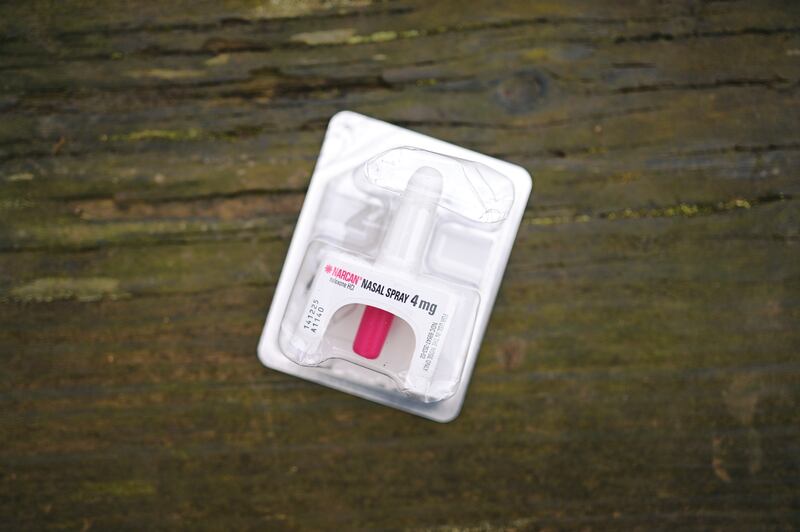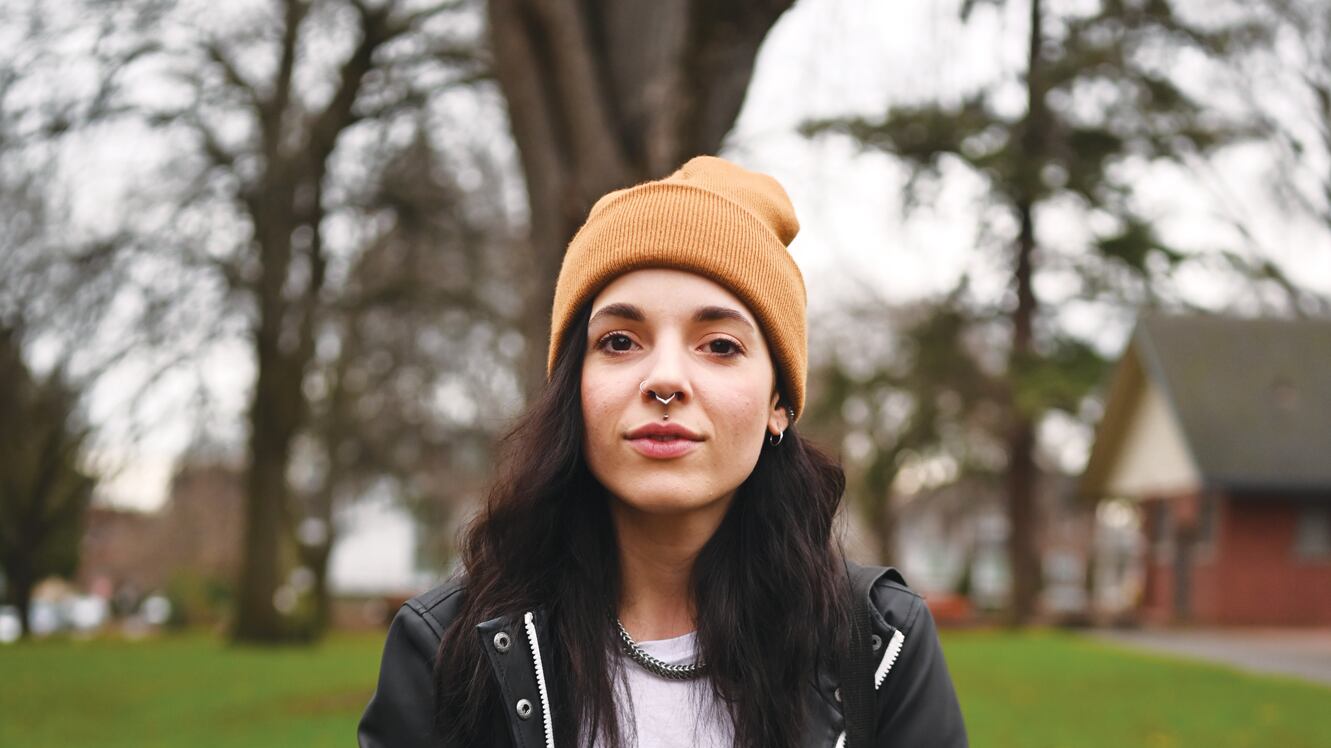Ellen Wirshup was sitting under a bridge over the Sandy River last summer, mourning the loss of a good friend to an overdose, when a question popped into her head.
“How can I just get Narcan everywhere?” she wondered.
Her answer is Project RED. What began in August as one woman’s door-to-door effort to get Narcan behind the counter at downtown Portland’s bars and clubs has become a full-fledged program, now part of a recovery initiative at the Alano Club of Portland, that ships the life-saving medication across the state. It will soon offer training for Portland Public Schools administrators, Wirshup says.
Wirshup, 29, was once a PPS student herself. The Grant High School dropout was a heavy drug user, first cocaine and then opiates, before becoming sober two years ago. After an overdose, Wirshup came to the realization: “I’m going to die from this.”
She began frequenting meetings at the Alano Club as part of her recovery. Then she proposed her new idea: put naloxone in venues. At first, the nonprofit gave her extra boxes of Narcan. Then it hired her.
These days, she’s still pulling shifts as a server at the The Moon and Sixpence pub in the Hollywood neighborhood. But her day job is now full-time harm reduction. She uses her experience both as a former addict and industry insider to convince Portland’s venues to stock Narcan along with alcohol.
Downtown bars and clubs, unsurprisingly, quickly signed up. “If you have a bathroom that locks, people are going to use substances in your bathroom,” Wirshup says. The Pharmacy, Dante’s Inferno and Star Theater grabbed boxes. But soon Wirshup was getting requests from farther afield, like Gado Gado on Northeast César E. Chávez Boulevard.
“It’s not just people in Old Town who see substance use happening right on their doorstep—it’s everyone,” she says. “It grew into a much bigger program faster than I was expecting.”

Wirshup gives a quick tutorial when handing out the tiny spray bottles. Each bottle, one in a pack of two that retails for $75, can reverse an opioid overdose in a matter of minutes. But it does require some care to use correctly, she explains.
She gave a reporter the quick tutorial she gives bartenders. Look for signs of an overdose: darkening around the fingernails and extremely slow breathing. Call 911. If available, administer Narcan, perform rescue breathing, and follow up with a second dose if the person’s condition doesn’t improve in three minutes. (Instructions are on the bottle.) Narcan causes rapid withdrawals that can be “really, really painful and uncomfortable,” Wirshup explains, and it helps to have someone stick around until help arrives.
Wirshup knows from hard-earned personal experience that prison and stigmatization don’t heal addiction.
“People choose recovery when they’re ready,” she says. “And Narcan gives them the chance.”
